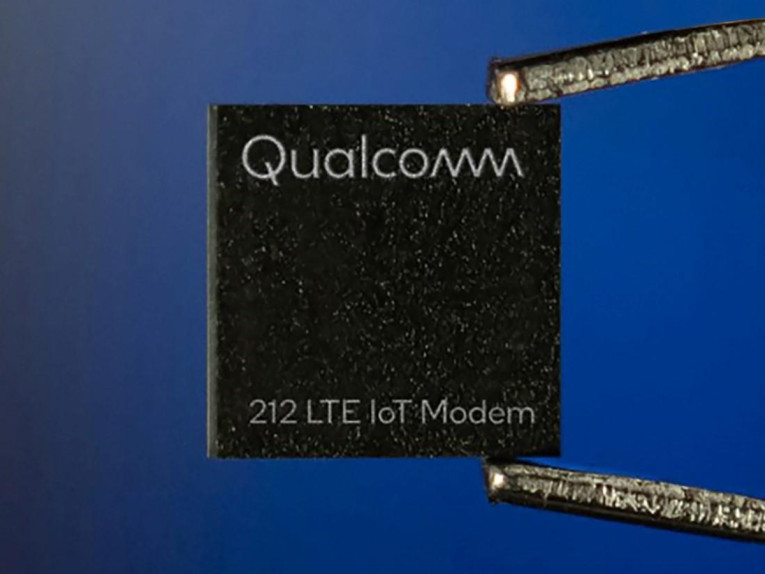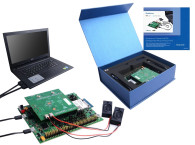
Power efficiency is a top concern for IoT devices that have to last for years in the field. Requiring less than one micro-amp (1uA) of sleep current, the Qualcomm 212 LTE IoT Modem’s cutting-edge power-efficient chipset architecture allows for extremely low average power consumption. To support a wide range of batteries and longer life span of the device in the field, the modem couples ultra-low system-level cut-off voltage with provisions for adapting power usage according to varying source power levels – allowing end devices with power supply levels as low as 2.2 volts.
"The Qualcomm 212 LTE IoT Modem will help usher in a new era for a range of IoT applications around the globe, especially those requiring connectivity deep within buildings combined with low power use, like battery-powered IoT devices that need to operate for 15 years or longer in the field," says Vieri Vanghi, vice president, product management, Qualcomm Europe. “Its ultra-low power consumption, compact form factor, and low cost will greatly benefit OEMs creating the next generation of low-power IoT devices.”
The Qualcomm 212 LTE IoT Modem supports single-mode 3GPP Release 14 Cat. NB2 IoT connectivity, anticipated to enable extended coverage for delay tolerant applications on RF frequency bands spanning from 700MHz to 2.1GHz for Global roaming. Housed in a compact single-chip solution including modem baseband, application processor, memory, RF transceiver with fully integrated RF front end, and power management units, the modem enables LTE modules below 100 square millimeters in size. Its high level of integration with few external components not only results in a low-cost Bill of Materials, but also facilitates quicker module design enabling faster commercialization time for OEMs.
Thanks to its integrated ARM Cortex M3 application processor, and the native set of IoT data networking protocols, the Qualcomm 212 LTE IoT Modem can also enable embedded IoT applications. Qualcomm Technologies is also launching an SDK for use with the Qualcomm 212 LTE IoT Modem, which is designed to support developers in running custom software on the integrated applications processor, with an expectation to offer pre-integrated support for cloud platforms such as the Microsoft Azure IoT SDK.
Empowering even more the IoT use-cases support over cellular telecom networks, companies such as AT&T, Verizon, or Deutsche Telekom have welcomed the new Qualcomm 212 LTE IoT Modem, and intend to certify and adopt systems incorporating the new chipset. Other companies such as Gemalto (a Thales company), Microsoft, Quectel, or Telit, all have confirmed the intention to bring to market connected solutions based on the 212 chipset.
The global, single-mode Qualcomm 212 LTE IoT Modem complements Qualcomm's existing multimode Qualcomm 9205 LTE Modem, which offers Cat.NB2, Cat.M1, and GPRS connectivity in addition to GNSS support. The Qualcomm 212 LTE IoT Modem is expected to be commercially available in the second half of 2020.
www.qualcomm.com





